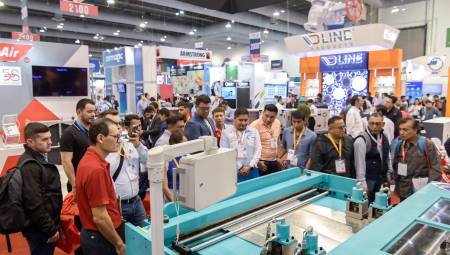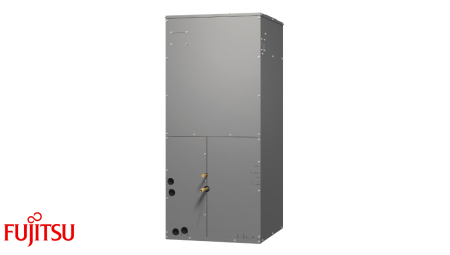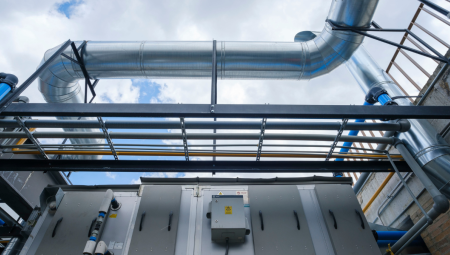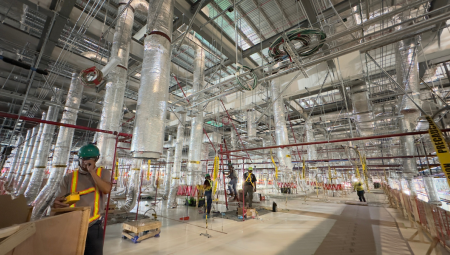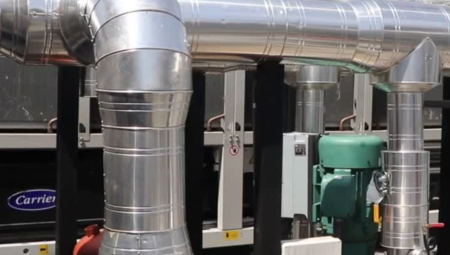 Energy conservation remains a topic of great importance in the ventilation industry. One way to achieve this is through the improvement of existing systems.
Energy conservation remains a topic of great importance in the ventilation industry. One way to achieve this is through the improvement of existing systems.By: Alfredo Sotolongo*
In this edition I will return to energy conservation. However, I would like to concentrate on how to make projects that have already operated for some time more efficient. By making your operation more efficient it will be easier for us to realize the difference between before and after: in new projects there is no before and we have to rely on calculations only.
The vast majority of existing air conditioning systems, the older, the less efficient, since in many cases when they were installed the equipment and systems we have today were not available. The cost of energy was lower compared to current costs and therefore the return on investment took longer than the maximum recommended time of 3-4 years.
Some recommendations
It is very important to take into consideration the type of equipment to be used and the coordination during the installation, since this process must minimize the time during which it is necessary to remove the plant from operation, avoiding interruptions that affect the normal operation of the project. It is recommended that most of the work of integrating the different components is done in the factory, this so that when they reach the project the work and especially the interruptions are minimized.
I would like to start by recommending that you ensure that all components and equipment receive the minimum necessary preventive maintenance. In other words, that the condensers are clean, all the belts between the motors and the pulleys properly adjusted, the air filters changed to new when it is appropriate to do so, the connections of ducts to diffusers secured to avoid air leaks, clean coils, etc.
First, the simplest and most economical thing to do is to convert a system of constant volume into variable volume to take advantage of the exponential reduction of power by decreasing the flow of air or water. For example, when the volume is lowered by 50%, the engine consumption is reduced to less than 20%.
How do we do this? We changed the constant volume air diffusers to variable volume diffusers and added a VFD frequency inverter to the air handler to modulate the fan motor. In the case of the volume of water, although more components must be added than in the case of air, also the savings in operating cost is such that it justifies the investment. A primary system of constant volume of water can be converted into secondary variable volume, keeping the primary system constant so that the chiller continues to operate as originally designed. This can be achieved by converting the three-way valves into two-way valves, adding one or more sets of secondary pumps for one or more circuits, depending on the fluctuation of the loads, and adding VFD variable frequency drives to modulate the pump motors.
Important aspects
After converting air and water into variable volume, the next step, already more complicated and requiring greater investment, concerns the central water ice plant. If water availability permits, water condensing coolers with cooling towers can be used. Also, today, there are much more efficient air and water condensation chillers, especially when it comes to partial loads, which is where they operate most of the time and whose consumption can drop to about 0.32 Kw per ton in water condensation systems.
Among the manufacturers that have dedicated time and economic resources to developing equipment that facilitates its installation to convert existing air conditioning systems into more efficient systems, justifying the investment as quickly as possible, are Acutherm and Armstrong.
Acutherm, with the Therma-Fuser intelligent variable volume diffuser, which directly replaces the constant volume diffuser and does not need an external thermostat or electrical energy to operate. Armstrong manufactures the pumps with integrated variable frequency drives, which operate based on the change in power demand, varying the speed of the pump motor based on an algorithm that follows the pre-programmed curve of pump operation, without the need to use differential pressure transmitters installed in the pipes.
Conclusion
Converting an air conditioning system into variable volume and water condensation is not the only thing that contributes to minimizing energy consumption. Also the fact of being able to take advantage of the diversification of the thermal load is a great ally of the reduction in energy consumption. In times like the ones we are experiencing, where there are not many new projects, it is a good opportunity for consulting engineers and air conditioning contractors to approach the owners and offer them improvements to their systems that will represent considerable savings in the cost of energy. There are even financings available specifically created to promote this type of improvement.
* Engineer Alfredo Sotolongo, president of Protec, Inc., is certified as a professional engineer in Puerto Rico and the State of Florida; has more than 40 years of experience in the application and sale of systems and equipment for energy conservation. He is a member of ASME (American Society of Mechanical Engineers), AEE (Association of Energy Engineers), with whom he is certified as an Engineer in Energy Management; he is also a member of ASHRAE and was president of the Miami chapter of that association. He has also presented numerous talks on the subject of energy conservation.







